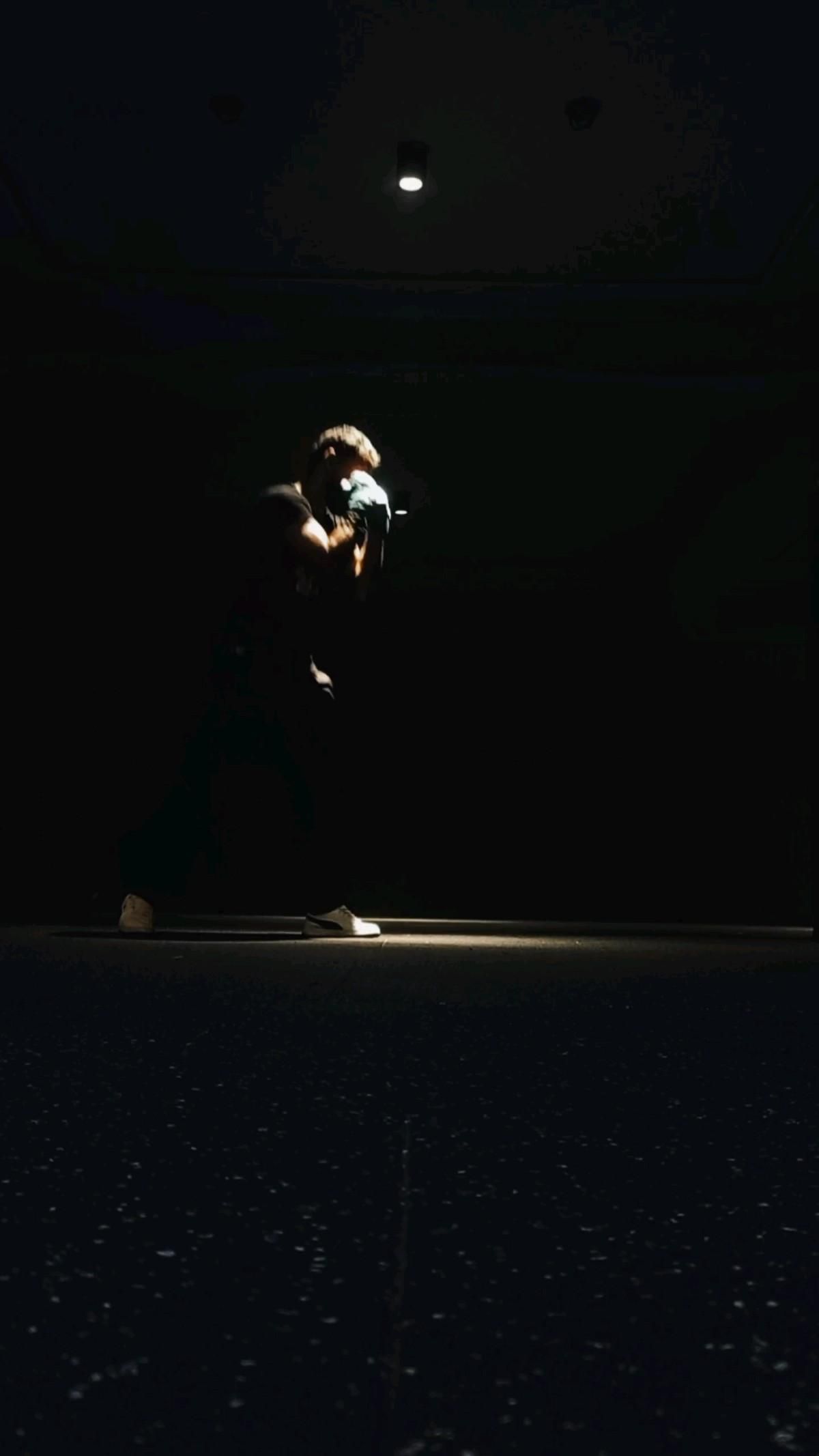In 2019, a new GSK facility started production in Parma, Italy.
He specialises in the application of process simulation to capital projects, particularly the application of tools commonly used in other sectors, such as dynamic and discrete-event methods and batch processes.Adrian has developed and led approaches to managing process development and scale-up projects, and their integration with capital projects.Alastair is a chartered architect designing innovative facilities in the life sciences and broader industrial and energy sectors.

He is particularly interested in finding fast, scalable solutions to big global challenges, such as climate change or vaccine production, and uses a range of methods to achieve this including:.Design to Value., platforms (P-DfMA), process simulation, and techno-economic analysis..

He has worked on international projects that include large and small molecule upstream and downstream pharmaceutical manufacturing, consumer goods, R&D and QC laboratories, site masterplans, and wider strategic initiatives.While predominantly focused on front-end design, Alastair has experience coordinating, managing, and delivering facilities through to completion, and uses this experience to better inform early design decisions.Urko joined Bryden Wood in September 2015 after finishing his Master’s degree in Architecture at the University of the Basque Country in San Sebastian, Spain.. Urko’s first experience with the company was working on the E5+ Explore Living project, a modular system that gave him a professional answer to his educational background in modular residential building design..

He has been involved in a wide range of projects developed through the use of BIM, including Sugar House Island, Battersea Power Station, large UK government schemes and Equinix.
The experience obtained in these projects has allowed Urko to develop skills that have routed him into DfMA and.Cristina joined Bryden Wood's.Design to Value naturally seeks wider and synergistic value, leading, supporting and embracing these needs as an opportunity to innovate: the environment is not an encumbrance, but a space for crucial change through design..
Thinking beyond standards, Design to Value can look at absolutes and even further can look for redemption.The most significant and perhaps difficult question needed to be addressed in every project is: how can we not build things we don’t really need even if they have a financial return?
A factory in Japan was due for closure and demolition as it no longer met the requirements for withstanding an earthquake after rules were changed following the earthquake and tsunami of 2011.Studies to look at remediating the buildings had suggested the need to cease operations for 18 months, meaning the solution was unviable.